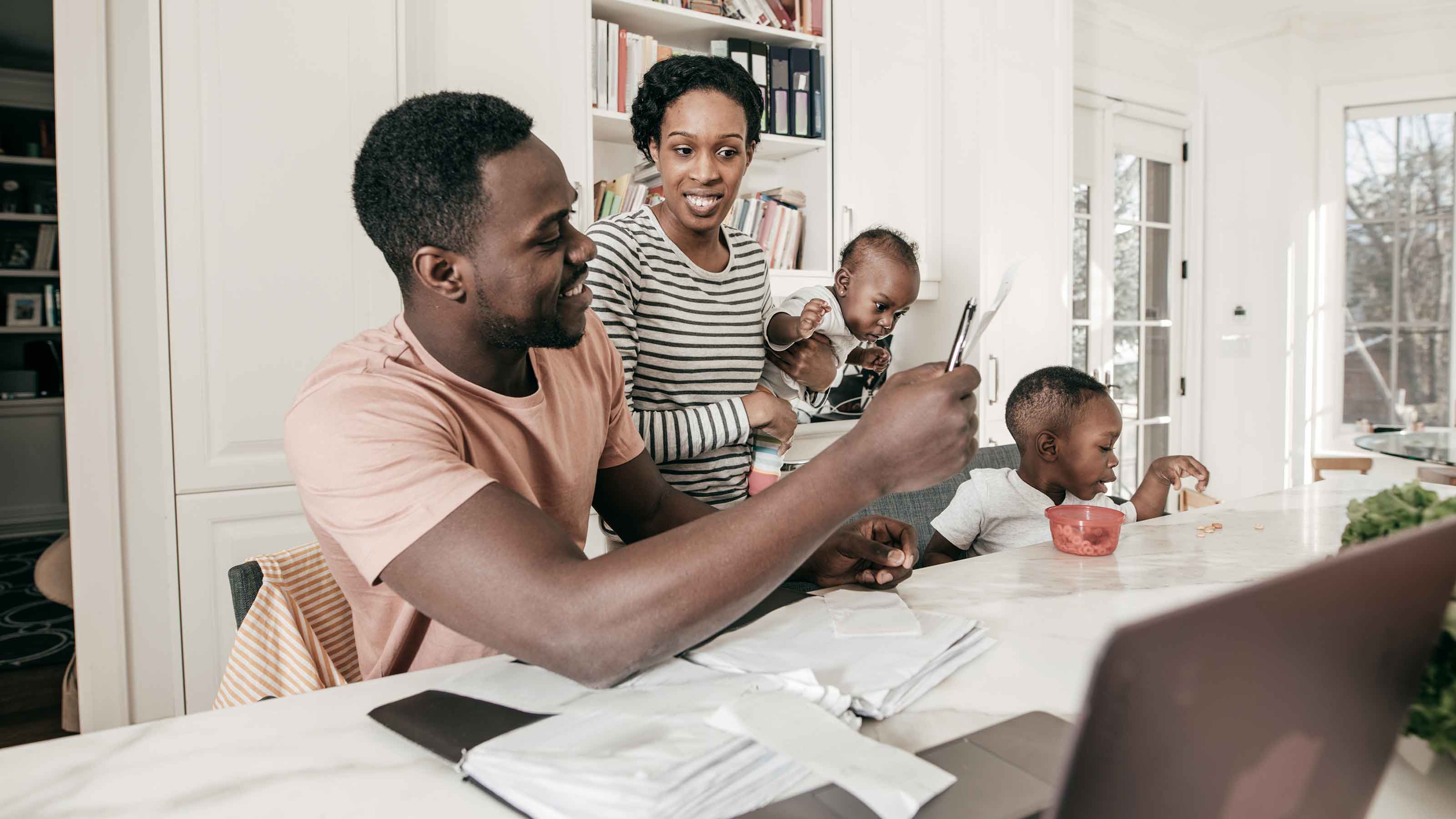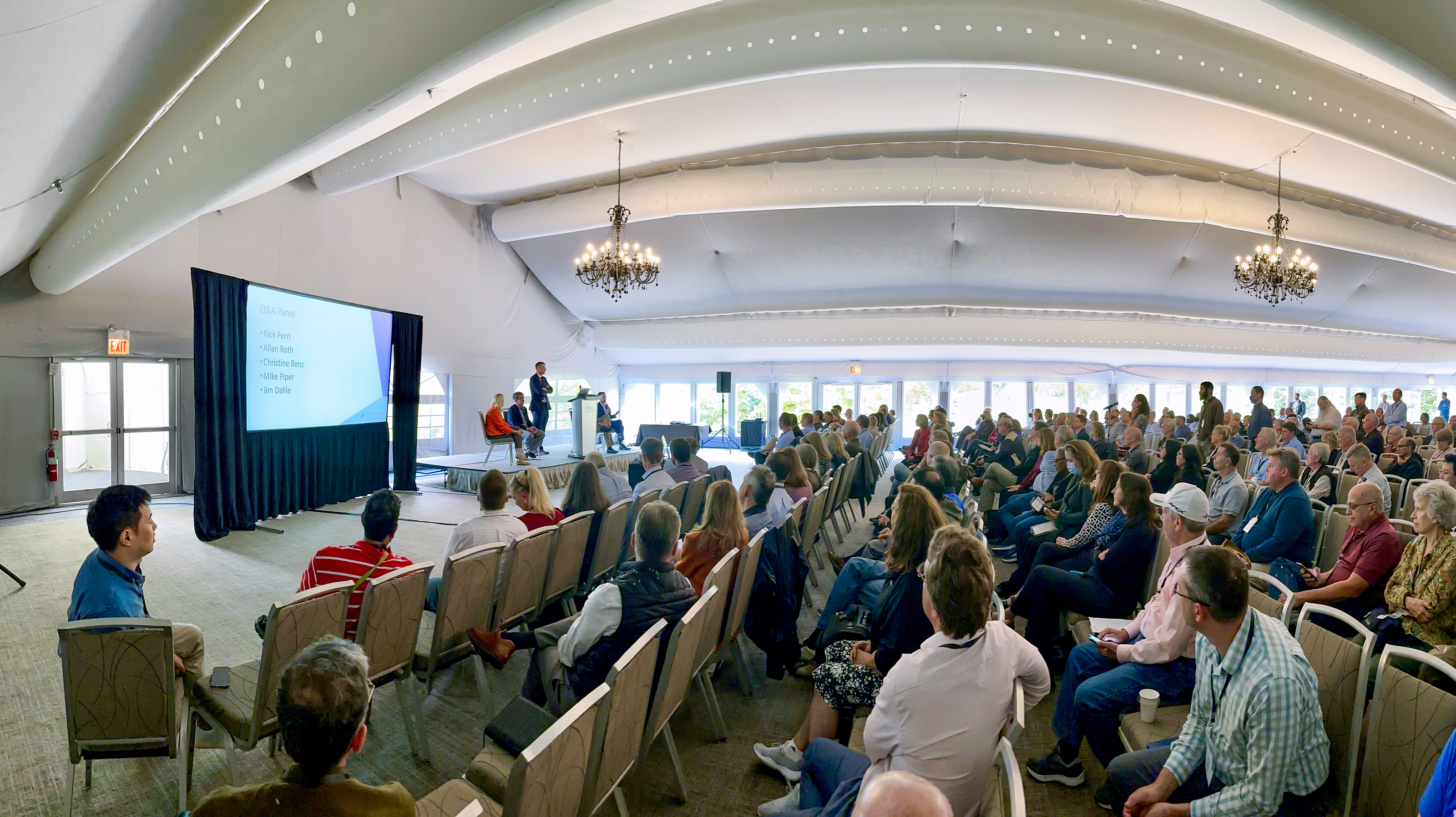1. Slash Investing Costs They Drag Down Performance: The average diversified U.S. stock mutual fund charges 1.3% a year in expenses. If your fund isn't beating its benchmark (or you don't have the time to monitor actively managed funds), you're better off buying a low-cost index fund or ETF that hews to the benchmark. For instance, Fidelity Spartan 500 Index fund (symbol FSMKX), which tracks Standard & Poor's 500-stock index, has an annual expense ratio of just 0.10%. And indexing isn't a compromise strategy. Managers of many top pension funds and endowments swear by it.
Annual Savings: $1,200
(based on cutting expenses from 1.3% to 0.10% on a $100,000 portfolio)
From just $107.88 $24.99 for Kiplinger Personal Finance
Become a smarter, better informed investor. Subscribe from just $107.88 $24.99, plus get up to 4 Special Issues

Sign up for Kiplinger’s Free Newsletters
Profit and prosper with the best of expert advice on investing, taxes, retirement, personal finance and more - straight to your e-mail.
Profit and prosper with the best of expert advice - straight to your e-mail.
2. Keep Tabs on Your Trades: If you aren't an active trader, make sure you’re not penalized by a broker who charges an "inactivity fee." For example, E*Trade charges investors who don’t conduct any trades in a given three-month period $40 for the quarter.
Annual Savings: $160
3. Clone Your Favorite Manager: Sticking with no-load mutual funds is a strategy that can save thousands over time, and there is almost always a great no-load alternative to a load fund. For example, instead of shelling out a 4.75% load for Davis NY Venture A fund (NYVTX), go for the nearly identical Selected American Shares S fund (SLASX), which doesn’t have a sales charge.
Annual Savings: $235
(avoiding a 4.75% load on a $5,000 investment)
4. Go With a Discount Broker: Full-service firms charge $30 or more for an online stock trade. But online brokers' fees average just $10, reports Aite Group, a financial research firm. We like E*Trade and TD Ameritrade for $10 trades. And be honest: Is your broker’s research worth the extra 20 bucks?
Or, trade for free. ZeccoTrading gives you ten free stock trades per month if you maintain a minimum balance of $25,000. WellsTrade allows 100 free trades a year if you keep a total of $25,000 or more in Wells Fargo in almost all types of accounts.
Annual Savings: $240(using a discount broker for one trade per month)
TOTAL ANNUAL INVESTING SAVINGS: $1,835
Slideshow: Top Savings Tips for 2009
Profit and prosper with the best of Kiplinger's advice on investing, taxes, retirement, personal finance and much more. Delivered daily. Enter your email in the box and click Sign Me Up.
-
 Nasdaq Leads as Tech Stages Late-Week Comeback: Stock Market Today
Nasdaq Leads as Tech Stages Late-Week Comeback: Stock Market TodayOracle stock boosted the tech sector on Friday after the company became co-owner of TikTok's U.S. operations.
-
 Disney’s Risky Acceptance of AI Videos
Disney’s Risky Acceptance of AI VideosThe Kiplinger Letter Disney will let fans run wild with AI-generated videos of its top characters. The move highlights the uneasy partnership between AI companies and Hollywood.
-
 Ask the Editor: Itemized Deductions
Ask the Editor: Itemized DeductionsAsk the Editor In this week's Ask the Editor Q&A, Joy Taylor answers questions on itemized deductions claimed on Schedule A of Form 1040
-
 Best Banks for High-Net-Worth Clients
Best Banks for High-Net-Worth Clientswealth management These banks welcome customers who keep high balances in deposit and investment accounts, showering them with fee breaks and access to financial-planning services.
-
 Stock Market Holidays in 2025 and 2026: NYSE, NASDAQ and Wall Street Holidays
Stock Market Holidays in 2025 and 2026: NYSE, NASDAQ and Wall Street HolidaysMarkets When are the stock market holidays? Here, we look at which days the NYSE, Nasdaq and bond markets are off in 2025 and 2026.
-
 Stock Market Trading Hours: What Time Is the Stock Market Open Today?
Stock Market Trading Hours: What Time Is the Stock Market Open Today?Markets When does the market open? While the stock market has regular hours, trading doesn't necessarily stop when the major exchanges close.
-
 Bogleheads Stay the Course
Bogleheads Stay the CourseBears and market volatility don’t scare these die-hard Vanguard investors.
-
 The Current I-Bond Rate Is Mildly Attractive. Here's Why.
The Current I-Bond Rate Is Mildly Attractive. Here's Why.Investing for Income The current I-bond rate is active until April 2026 and presents an attractive value, if not as attractive as in the recent past.
-
 What Are I-Bonds? Inflation Made Them Popular. What Now?
What Are I-Bonds? Inflation Made Them Popular. What Now?savings bonds Inflation has made Series I savings bonds, known as I-bonds, enormously popular with risk-averse investors. How do they work?
-
 This New Sustainable ETF’s Pitch? Give Back Profits.
This New Sustainable ETF’s Pitch? Give Back Profits.investing Newday’s ETF partners with UNICEF and other groups.
-
 As the Market Falls, New Retirees Need a Plan
As the Market Falls, New Retirees Need a Planretirement If you’re in the early stages of your retirement, you’re likely in a rough spot watching your portfolio shrink. We have some strategies to make the best of things.